Road trip through Namibia - Swakopmund and the Atlantic coast
We reach the Atlantic coast and the town of Swakopmund and find ourselves in another world. High dunes invite you to have fun and blend in perfectly with pristine beaches. Palm-lined streets lead to beach promenades and a quaint downtown with shops and restaurants. Oryx and cheetahs give way to flamingos, dolphins and fur seals.
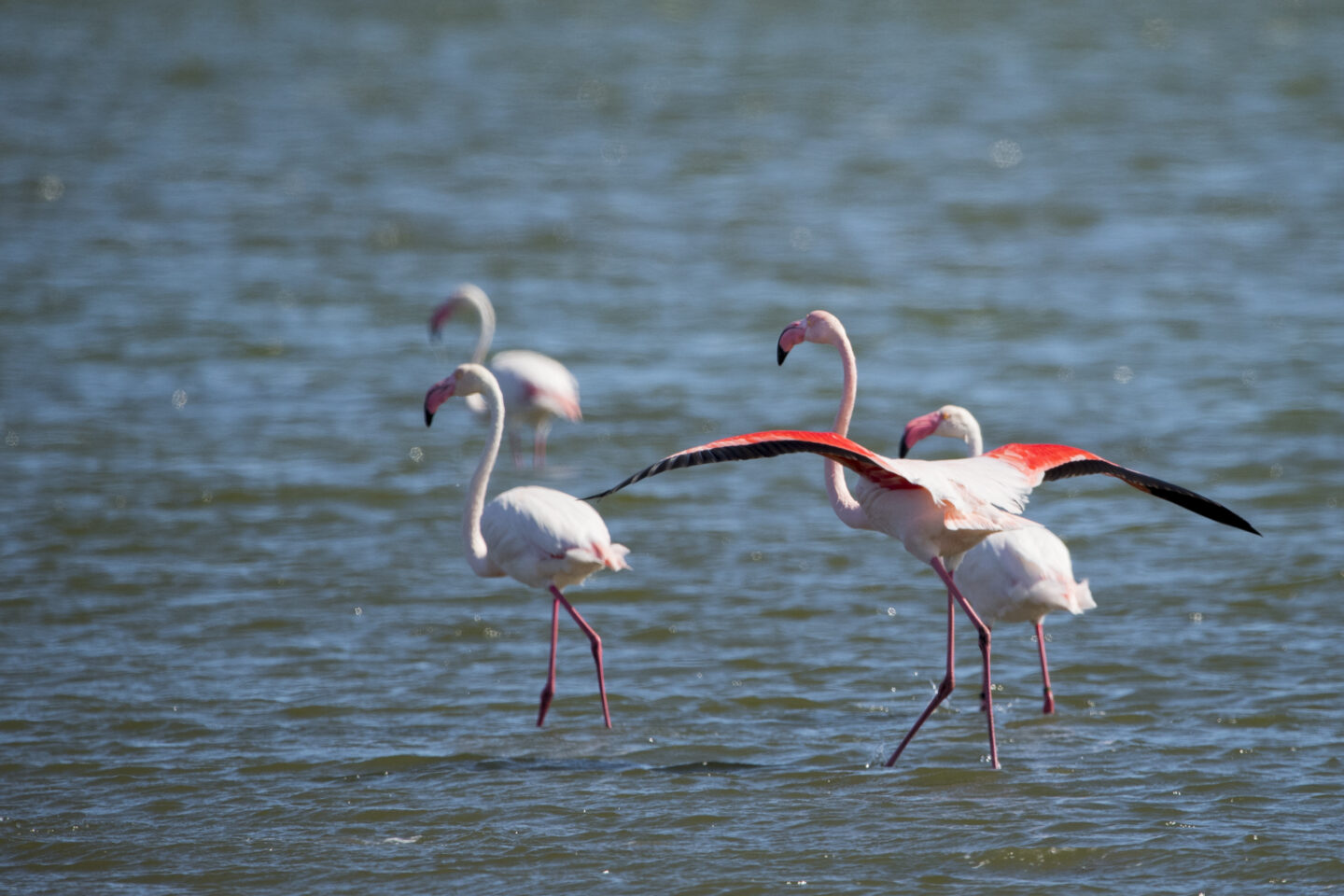
Swakopmund, colorful and full of life
Swakopmund has grown from a German colonial settlement to Namibia's favorite vacation destination. Its endless dunes and beaches, pleasant climate and ocean attract young and old from all over southern Africa.
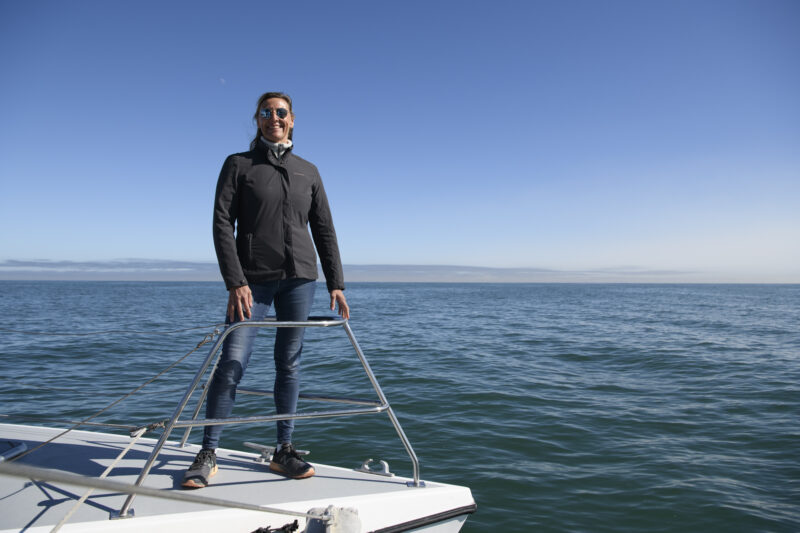
A German colony
Swakopmund was founded in 1892, two years after the German colonial administration settled in the capital, Windhoek. The colony needed a port to bring in goods from Germany, and nearby Walvis Bay was off-limits because it was owned by the British. The site was chosen because the mouth of the Swakop River provided access to fresh water. The first settlers arrived and built their houses from wood. Transportation of goods into the interior was difficult and slow. World War I ended the German occupation and Swakopmund fell into South African hands. Port activities ceased and over the years Swakopmund became the playground of Namibia.
The playground of Namibia
Who needs snow when you have the world's largest sand dunes on your doorstep? Swakopmund is not called Namibia's playground for nothing. Do you like adrenaline activities? Then try sliding down the sand on your stomach or learn the art of sandboarding. You can also dune bash, quad bike and even skydive over the endless sand hills. Too extreme for you? Then go fishing, surfing or just enjoy Swakopmund's laid-back atmosphere and colonial architecture. Stroll along the pier, browse the quaint shops or enjoy a meal in one of the many restaurants.
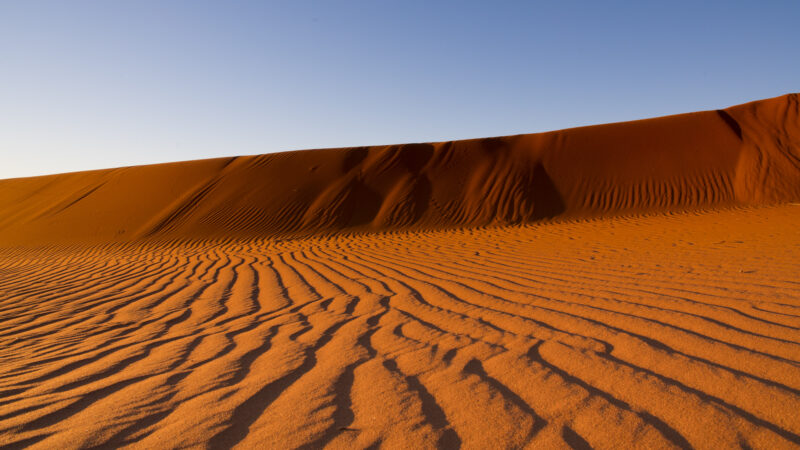
Walvis Bay
Walvis Bay is Namibia's only deep-water port and major trading center. Walvis Bay is also known for its lagoon, which is one of the most important wetlands in the world. The area is rich in all kinds of birds, but it is mainly the masses of pink flamingos and pelicans that attract attention. The bay and lagoon are also an ideal habitat for marine life such as dolphins, fur seals, whales and turtles.
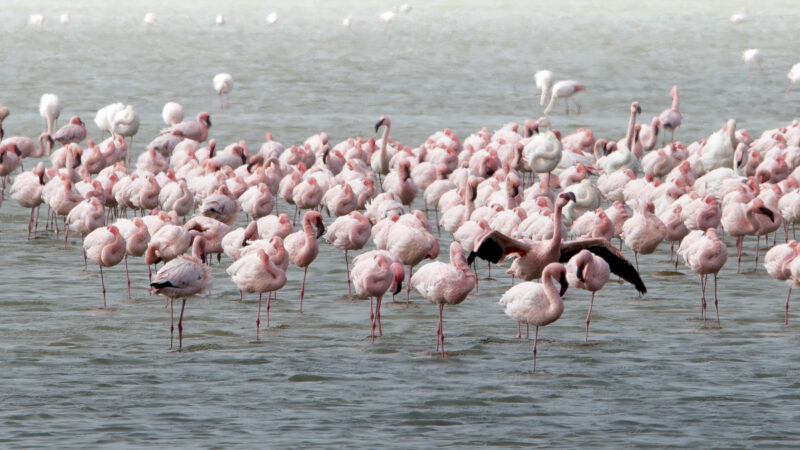
The bay is enclosed and protected by Pelican Point, a narrow sandy peninsula with a picturesque lighthouse. We will explore this pristine bay by catamaran.
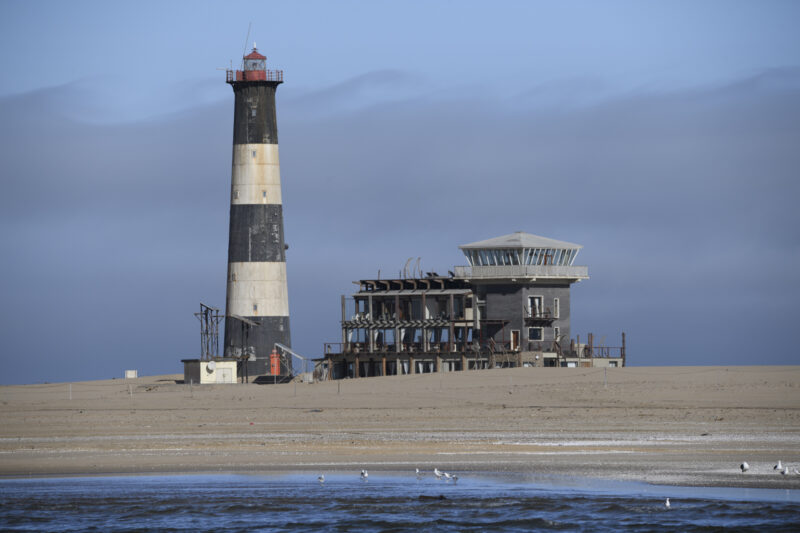
Catamaran cruise in Walvis Bay
We arrive at the departure point where some seals are swimming around the boats. We board the Silverwind, a 45-foot sailing catamaran that can accommodate up to 25 people. Billy, our guide during the cruise, warns us about the seals and pelicans that often come aboard spontaneously. These are wild animals that will bite or peck if they feel threatened. We are not allowed to touch them under any circumstances. We have barely left the quay when the first uninvited guest comes on board. A large male fur seal hoists himself up the stern steps and waddles over to the bow. Billy takes the opportunity to describe the seal and tell us all about the seal colony.
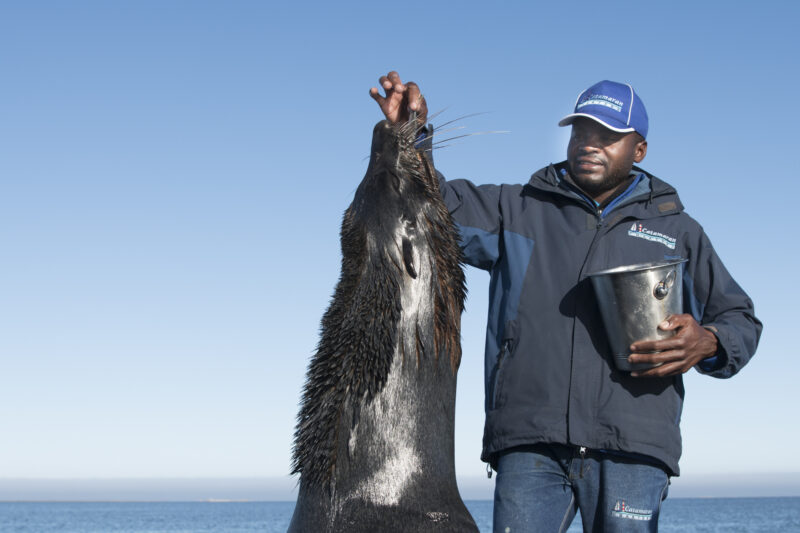
We are startled when two pelicans fly aboard. The huge birds mingle fearlessly with the passengers. We recognize the female by the pink color around her eyes. That area is yellow on the male. The animals put on a spontaneous, unscripted show and the cameras go into overdrive. We observe the huge seal colony from the water and pass an oyster farm. Namibian oysters are more fleshy than their French counterparts and are mainly exported to China, Japan and South Africa.
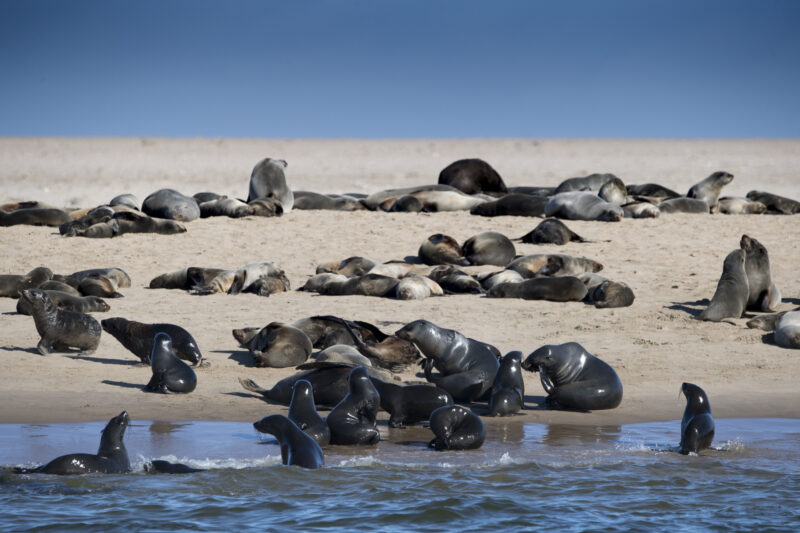
We sail further out to sea in search of dolphins. It does not take long for a group of ten dolphins to appear. They play with the catamaran, flapping their tails and making high jumps. It is a unique spectacle. On the way back, Billy invites us for a champagne lunch. We enjoy oysters, fried calamari and cod, sausage rolls, braaiwors, chicken and a salad. The sea air has whetted our appetites, and we eagerly raise a glass to everyone's health. As we approach the harbor, the seals and pelicans are back.
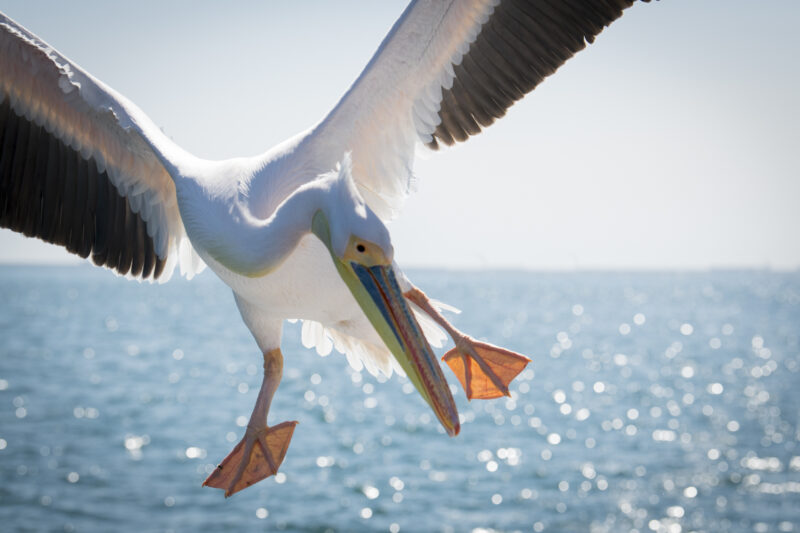
Cape Cross Seal Colony
We drive 100 km north along the Skeleton Coast. We are on our way to the Cape Cross Seal Colony. The road runs parallel to the coast through a sandy plain. There are no dunes, hills or bushes. Only lichens grow here, a complex symbiosis between fungi and algae. Their colors, which range from green to yellow and red, come to life thanks to the small amount of moisture in the fog. The salt mines are the only visible industry in the area.
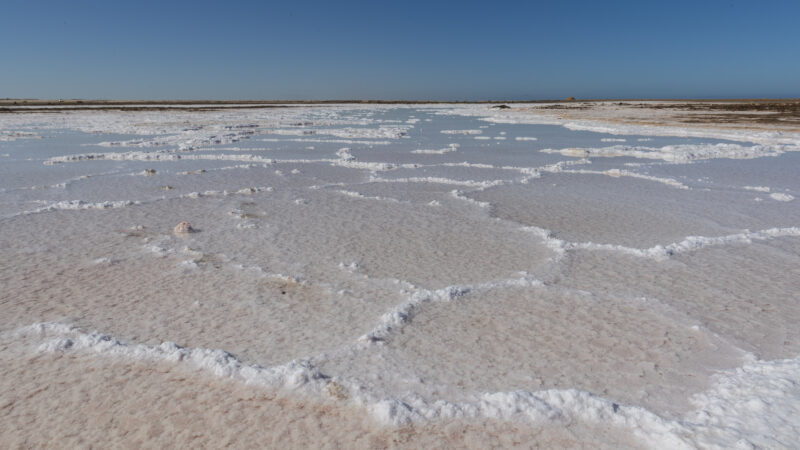
Small makeshift stands on old rusted barrels offer pink salt crystals for sale. The price is marked on a piece of wood and ranges from 20NAD to 200NAD, depending on the size of the crystals. Payment is on the honor system, as there is no one around for miles.
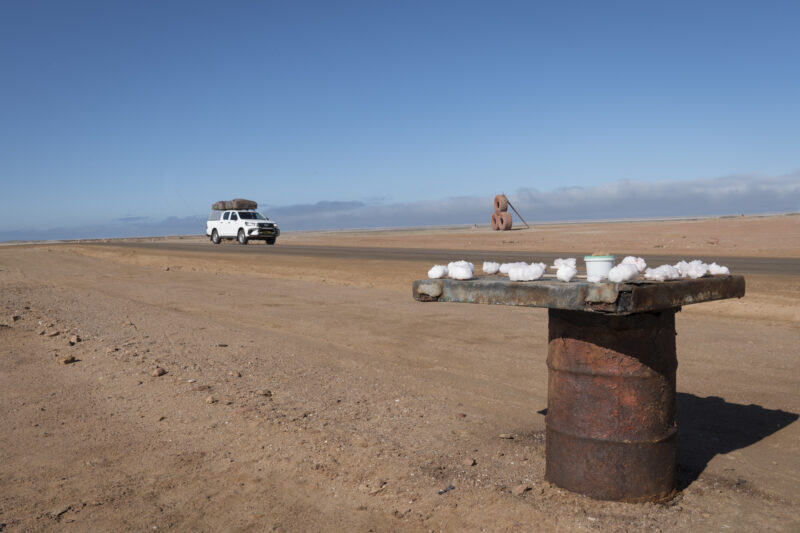
A visit to the fur seal colony
We are the first visitors to arrive at Cape Cross and the view is impressive. The cape is home to the world's largest colony of Cape fur seals. About 200 000 seals are scattered on the rocks. Our senses go wild. The sound of bleating mothers and squawking pups is deafening. The acrid smell of excrement is pungent. It is not for sensitive noses.
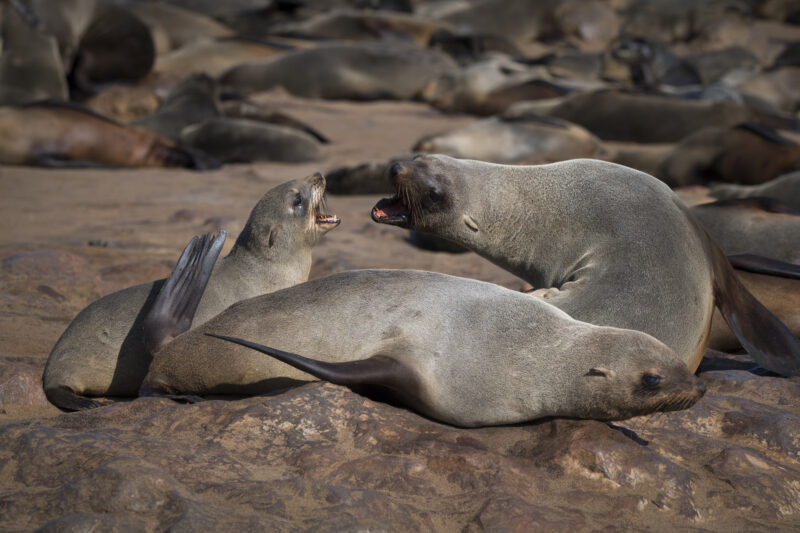
Despite the noise and stench, we are captivated by the spectacle. Mothers suckle their young, others sleep, and some elders roar aggressively at each other. The young play and explore curiously. They even come up to our feet.
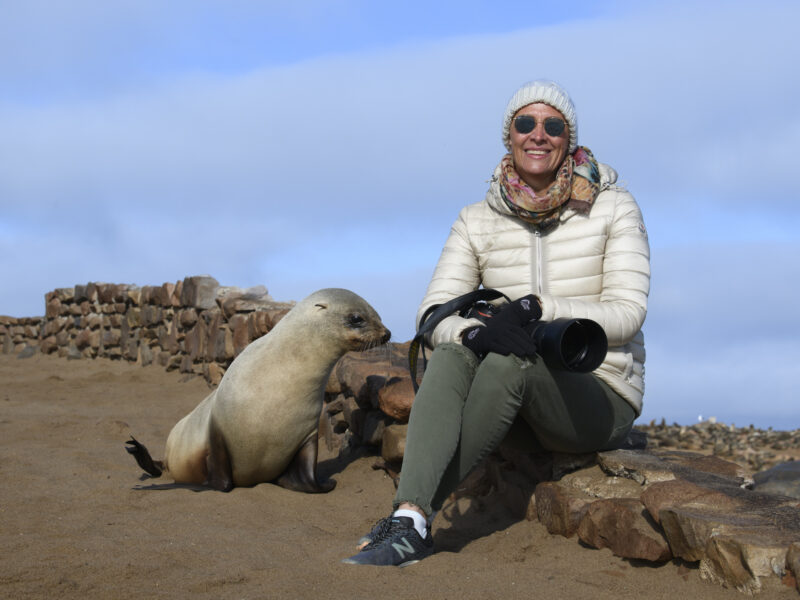
At the water's edge, thousands of seals lie on the rocks and another thousand play or chase fish in the water. The seals eat a lot of fish and are not loved by the local fishermen.
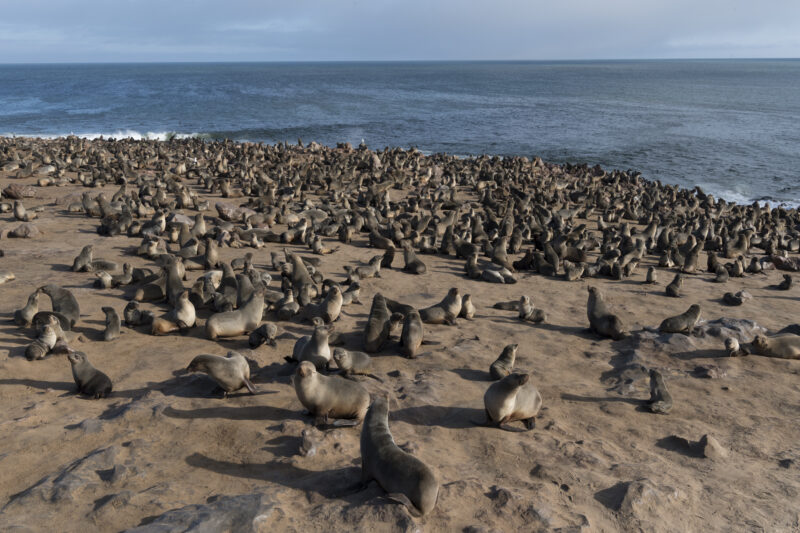
Our addresses in Swakopmund
Swakopmund Luxury Suites
A B&B formula with beautiful modern rooms, located in the heart of the tourist center. The pier and many restaurants and bars are within walking distance.
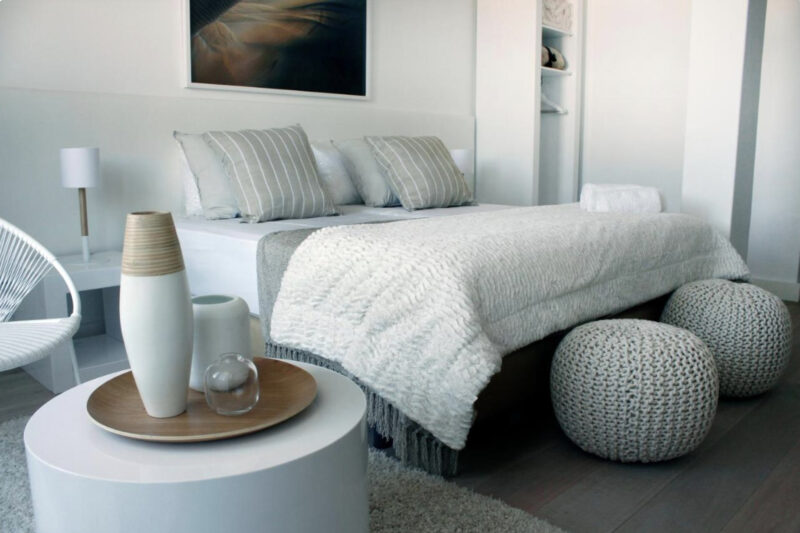
Kücki’s Pub & Restaurant
Kucki's Pub & Restaurant feels like a typical German pub. We have a tender springbok steak with fries, potato salad, a mixed salad and fermented red cabbage. The preparations are simple but very tasty. A Cape red wine goes perfectly with the meal.
The Tug
The Tug is an old fishing boat that has been converted into the busiest seafood restaurant in Swakopmund. Our travel agent reserved a table for us before we left, and we sat upstairs in the captain's wheelhouse. The atmosphere is very cozy, and the extensive menu offers typical home-style dishes. There is also an impressive list of South African wines. We enjoy a delicious fish broth with beautiful pieces of fish and seafood. This is followed by a generous portion of fish and chips. The restaurant offers a shuttle service for clients.
Café Anton
Café Anton is part of the Schweizerhaus Hotel and is a good place for a full breakfast. Café Anton is also known for its delicious pastries.